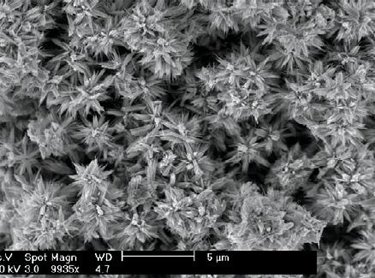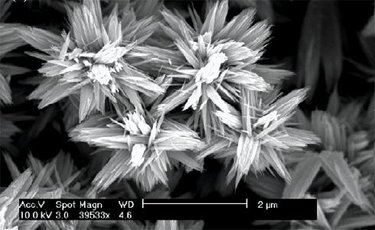'NANOFLOWERS' FOR ALCOHOL DETECTION


Spectacular flower-like nanostructures grown in a laboratory in China can detect alcohol and might also be useful as catalysts.
The "nanoflowers" were made from zinc oxide by Yujin Chen and colleagues at Harbin Engineering University. Conventional ethanol sensors are made from the same material and work by detecting the change in electrical resistance when a wad of zinc oxide powder or a layer of the material is exposed to ethanol vapour.
But these conventional sensors look set to be replaced by a new generation of detectors. "The sensor materials will probably be replaced with tailored nanostructures since they appear to give a higher sensitivity," explains Edman Tsang, who researches new nanomaterials at the University of Reading in the UK.
Zinc oxide sensors need to be heated to temperatures of up to300°C before they become sensitive to ethanol. Chen's nanoflowers become sensitive at just 140°C.
Labels: nano, process, shape, technology



0 Comments:
Post a Comment
<< Home